Scott Hime’s Early Turning Experiences
Scott Hime was introduced to the wood Lathe in his high school wood shop. He remembers that it was a simple, traditional shape, about 9″ in diameter and turned from a lighter wood such as oak or maple. He turned it with a woodturning chisel known as a scraper. Usually with a scraper you get a lot of tear out of the wood. He still remembers standing there trying to sand away the tear out to get a smooth finish. Today he knows to turn with a bowl gouge to get a fine finish that needs just a little sanding.
He probably gave that first bowl to his mother and he has lost track of it now. He wishes he still had it.
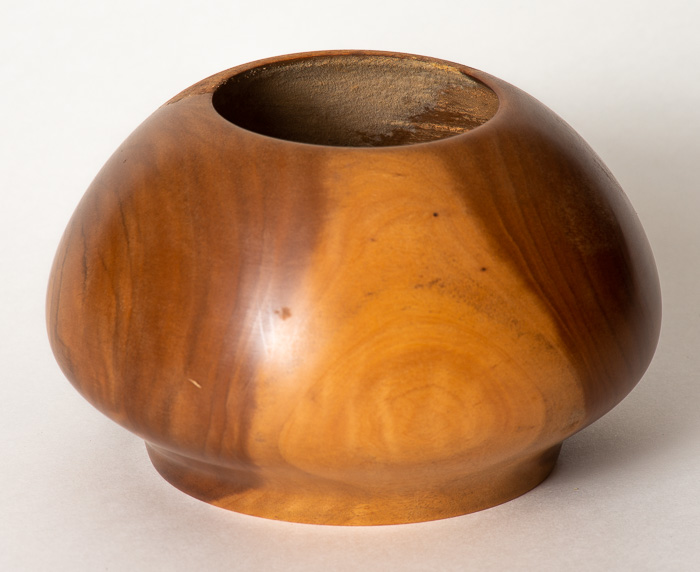
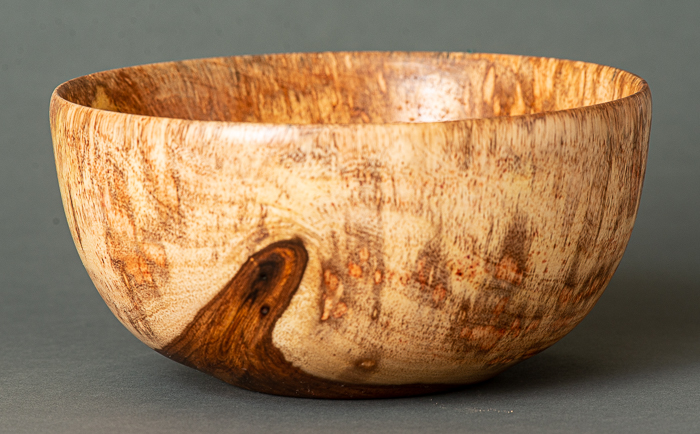
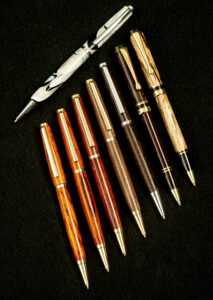
Scott would turn infrequently during the years of raising his family and building his photography business, “Hime Photography”. During this time he would only turn once or twice a year. Usually it would be something simple such as a bowl or a few pens.
Once Scott semi-retired in 2020 he would spend much more time in his woodshop. Scott joined the “Sarasota Woodturners in 2015 and his skills at the lathe quickly grew. The many programs put on by the group and personal advice from club members helped immensely.
Scott did not like it when he would turn a piece of wood on the lathe and the finish was not perfect because of cracks, bark inclusions and bug holes. In 2018 he decided to “Master” segmented turning. You have complete control over your wood as you build the segmented piece. You also have control over the design, shape and size.
He ordered a few books on segmented woodturning and spent months in the shop going through the books page by page and practicing the math and the cutting of segments. His favorite book is “Woodturning with Ray Allen” by Dale Nish.
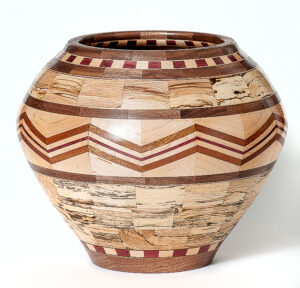
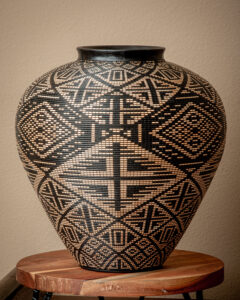
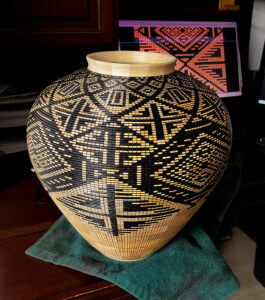
The next style of woodturning Scott wanted to master is called “Basket illusion”. This is a process where the vessel is designed and assembled the same as a segmented piece but with all of the same species of wood and then the surface is turned with a beading tool for the horizontal lines and the vertical lines are created with a specialized burning tool. After a design has been created on the computer, Scott then hand paints each little square to match the design.
-
Thoughts and Processes on Woodturning
This Blog will be devoted to discussions on Woodturning.
